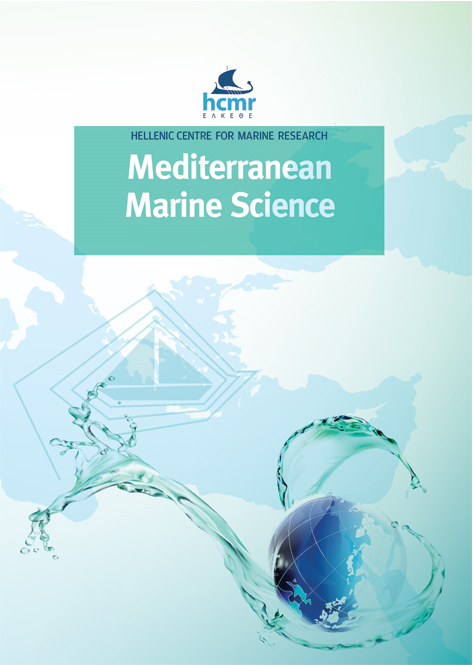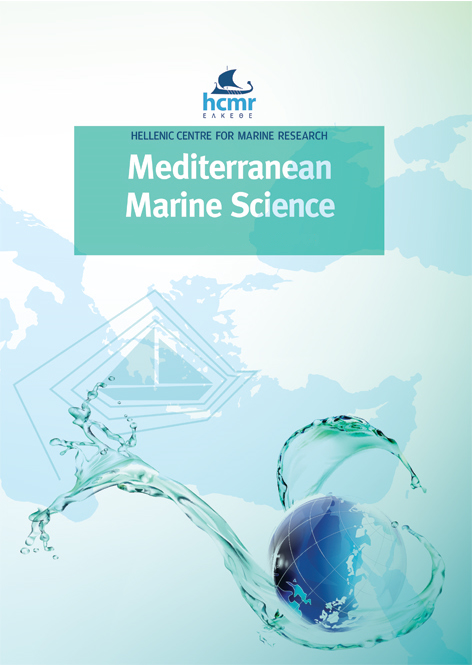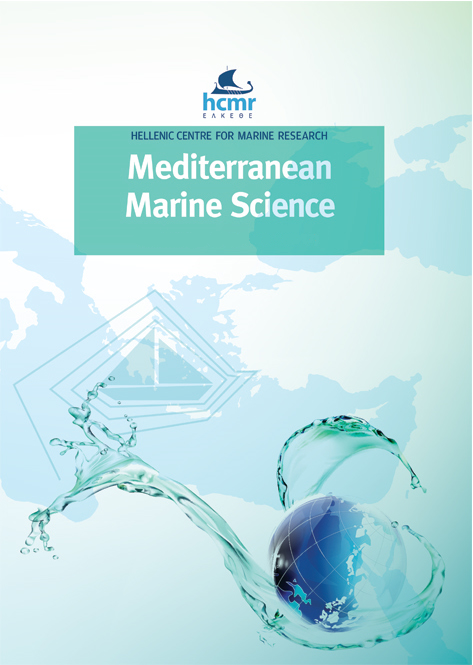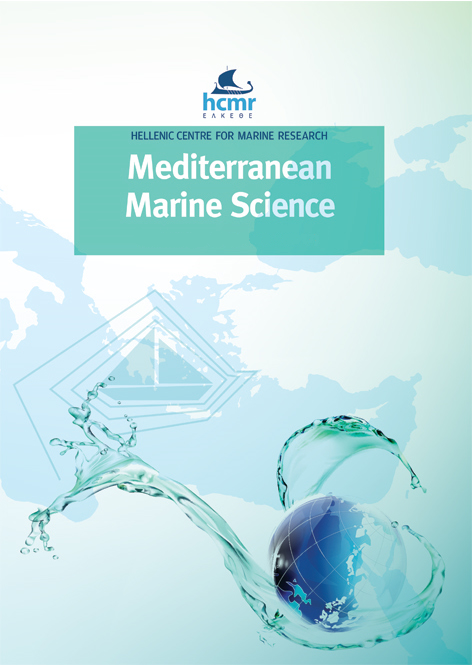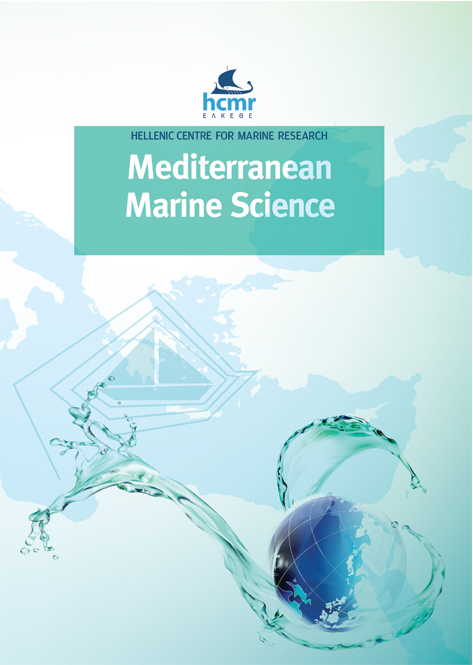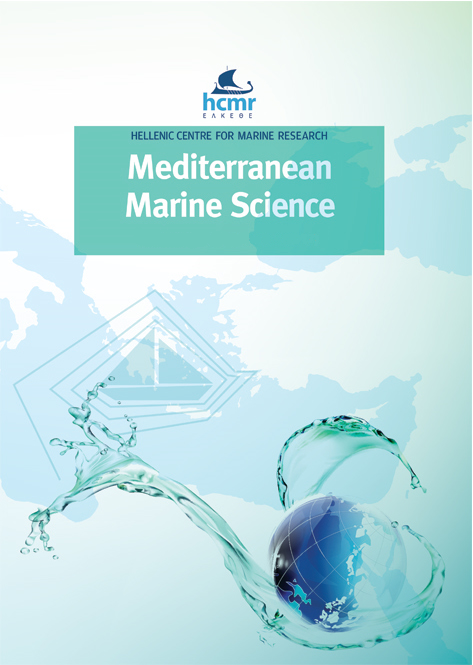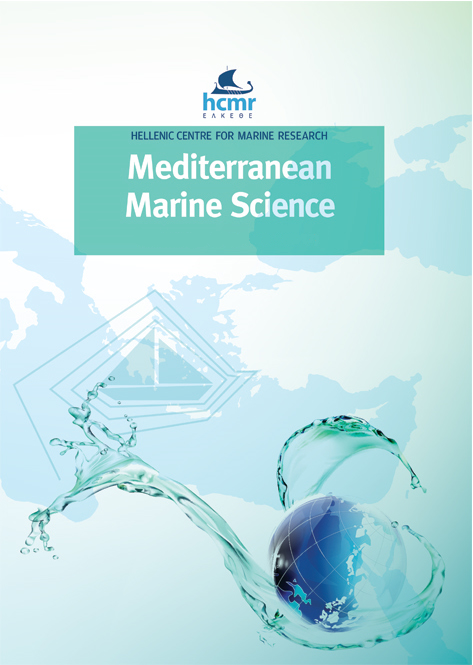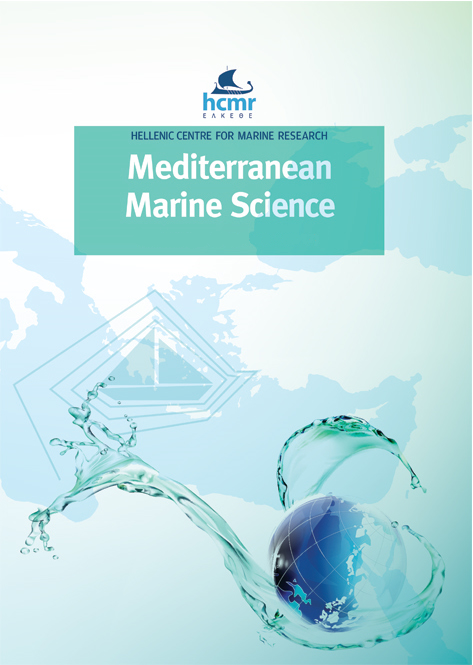Faunistic, ecological, and zoogeographical survey of heterobranch fauna in the Adriatic Sea: experiences from Slovenia
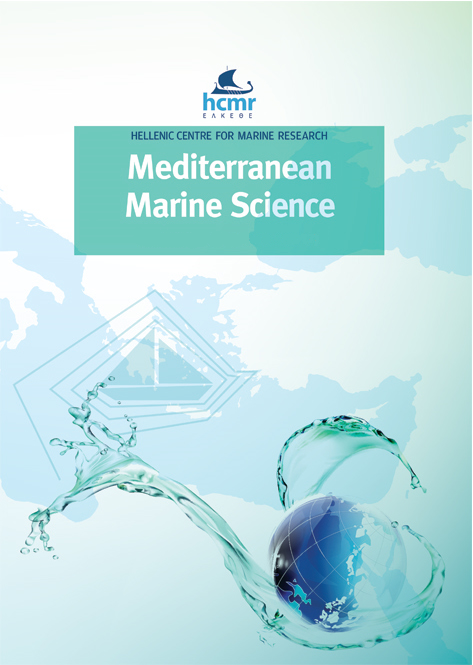
Abstract
The heterobranch fauna recorded to date in the Slovenian part of the Adriatic Sea was reviewed and analysed in order to present an updated inventory. The ecological traits and zoogeographical affiliation of the recorded heterobranchs were also analysed. The new data revealed that the heterobranch fauna in the area consists of at least 157 species with the majority being nudibranchs (61.4%). The bulk of heterobranchs were considered as Atlanto-Mediterraneans. Heterobranch diversity was found to be significantly related to the number of sampling events. The spatial pattern of heterobranch species and their composition structure in parts of the study area were linked to specific human-impacted areas (HIAs) such as coastal wetlands, ports, and mariculture facilities. Better examination of less investigated environments, new sampling techniques, and citizen science involvement will doubtlessly increase the numbers in this checklist.
Article Details
- How to Cite
-
LIPEJ, L., FORTIČ, A., TRKOV, D., MAVRIČ, B., & IVAJNŠIČ, D. (2025). Faunistic, ecological, and zoogeographical survey of heterobranch fauna in the Adriatic Sea: experiences from Slovenia. Mediterranean Marine Science, 26(3), 455–471. https://doi.org/10.12681/mms.40525
- Section
- Research Article
Authors who publish with this journal agree to the following terms:
- Authors retain copyright and grant the journal right of first publication with the work simultaneously licensed under a Creative Commons Attribution Non-Commercial License that allows others to share the work with an acknowledgement of the work's authorship and initial publication in this journal.
- Authors are able to enter into separate, additional contractual arrangements for the non-exclusive distribution of the journal's published version of the work (e.g. post it to an institutional repository or publish it in a book), with an acknowledgement of its initial publication in this journal.
- Authors are permitted and encouraged to post their work online (preferably in institutional repositories or on their website) prior to and during the submission process, as it can lead to productive exchanges, as well as earlier and greater citation of published work (See The Effect of Open Access).





